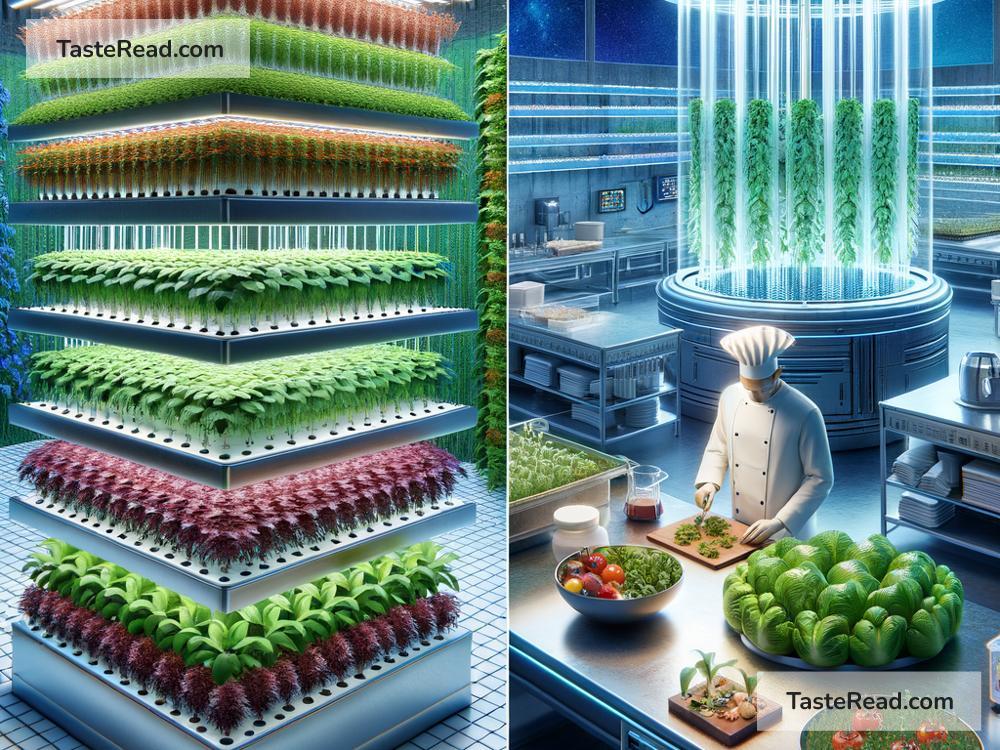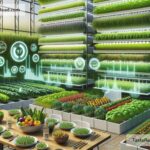The Future of Food: Building Global Holistic Models for a Better Tomorrow
Food is one of the most important aspects of life. It connects people, cultures, and ecosystems. But with a growing global population, climate change, and increasing pressure on natural resources, the future of food is becoming a major concern. How can we ensure that everyone has access to healthy, affordable, and sustainable food in the years to come? The answer may lie in creating holistic global models for food production, distribution, and consumption.
What Is a Holistic Food Model?
A holistic model looks at the bigger picture. Instead of focusing on just one part of the food system—like farming or grocery stores—it considers every step along the way, from how food is grown to how it’s eaten and even how food waste is managed. It also takes into account environmental, social, and economic factors to create a system that works for everyone.
For example, a holistic food model would ensure farmers use sustainable practices that preserve soil health, without relying on harmful chemicals. It would also work to reduce food waste and design distribution systems where fresh and nutritious food reaches communities efficiently. On top of that, this approach would prioritize fair labor policies for workers, support small farmers, and consider the impact on the planet.
Challenges in the Food System Today
Before imagining the future, it’s important to understand the challenges we face today. The global food system has many issues:
-
Hunger and Malnutrition: Even though the world produces enough food for everyone, many people still go hungry. According to the United Nations, over 800 million people suffer from chronic hunger, while many others lack access to nutritious meals.
-
Environmental Damage: Modern farming methods often harm the planet. Deforestation, excessive water use, and over-reliance on chemical fertilizers and pesticides damage ecosystems and contribute to climate change.
-
Food Waste: Around one-third of the food produced globally is wasted. This amounts to billions of tons of food every year, which could otherwise feed millions of people.
-
Economic Inequality: Large-scale agricultural corporations dominate the industry, leaving small farmers and local food producers struggling. This creates unfair economic systems.
Solutions for the Future of Food
To address these challenges, researchers, policymakers, and activists are working to reinvent the global food system. Here are some ideas and innovations shaping the future of food:
1. Sustainable Farming Practices
Future farming needs to work in harmony with nature. Techniques like regenerative agriculture focus on restoring soil health and improving biodiversity. Farmers can use cover crops, rotate crops, and reduce chemical use to protect the environment while increasing yields. Vertical farming, which grows crops in stacked layers indoors, is another exciting method that uses less water and takes up minimal land.
2. Plant-Based and Alternative Proteins
The world’s appetite for meat is putting stress on natural resources and driving deforestation. Companies are now exploring plant-based meats and lab-grown proteins as alternatives. These options have a smaller ecological footprint and can satisfy consumer demand. Many experts predict that protein options like lentils, chickpeas, tofu, and lab-grown meat will become more mainstream.
3. Better Food Distribution Systems
Technology can play a key role in ensuring food reaches people more efficiently. Innovations like blockchain allow food producers and distributors to track items across the supply chain. This reduces waste and ensures quality. Community-supported agriculture (CSA) programs can also connect local farmers to neighborhoods, reducing the distance food needs to travel.
4. Tackling Food Waste
In the future, food waste could turn into a valuable resource. Companies are already developing technologies to convert food scraps into energy, animal feed, or fertilizers. Better grocery store policies, educational campaigns about portion sizes, and apps to share excess food will also play a role in reducing overall waste.
5. Global Collaboration
To create a food system that works for everyone, global collaboration is essential. Governments, businesses, scientists, and local communities must come together to tackle these issues. Sharing knowledge, investing in sustainable technology, and creating fair trade policies are all part of building a global, holistic food model.
Looking Ahead: The Role of Individuals
While systemic change is key to improving the future of food, individuals can also make a difference. Here are a few simple steps:
- Choose Sustainable Foods: Supporting local farmers and buying seasonal produce reduces environmental impact.
- Eat Plant-Based Meals: Incorporating more plant-based meals into your diet helps reduce demand for resource-intensive meat production.
- Minimize Food Waste: Plan your meals, store food properly, and get creative with leftovers to waste less.
- Educate Others: Share knowledge about food systems with your friends and family to inspire collective action.
A Better Food System for All
The future of food doesn’t have to be gloomy. With advances in technology, smarter farming techniques, and thoughtful global policies, we have the tools to create a food system that works for both people and the planet. Holistic models emphasize balance—between nature and humans, between small producers and large corporations, and between personal needs and global goals.
By embracing these ideas, we can create a world where food is not only a source of nourishment but also a force for sustainability, equity, and community. After all, the food on our plates has the power to shape the future—one bite at a time.


